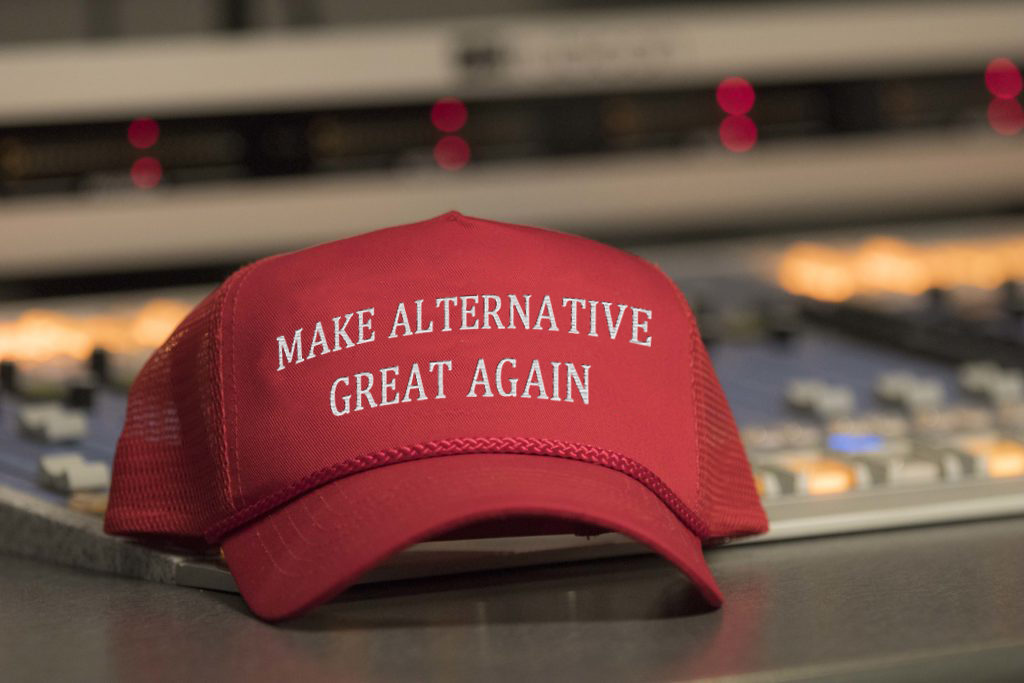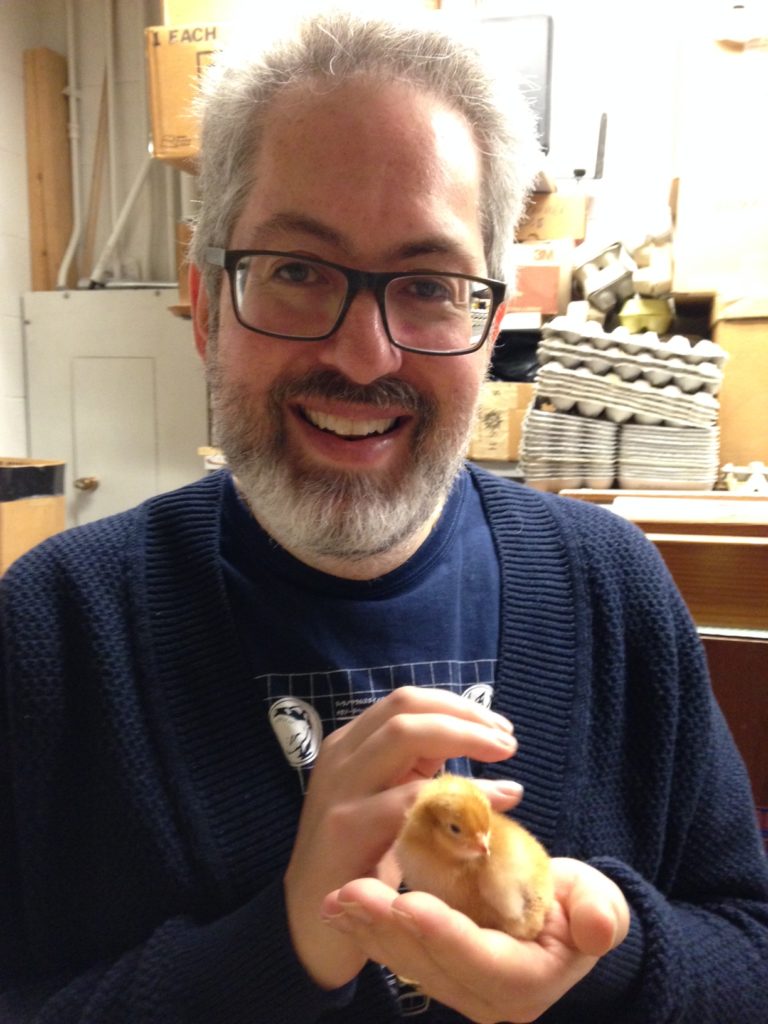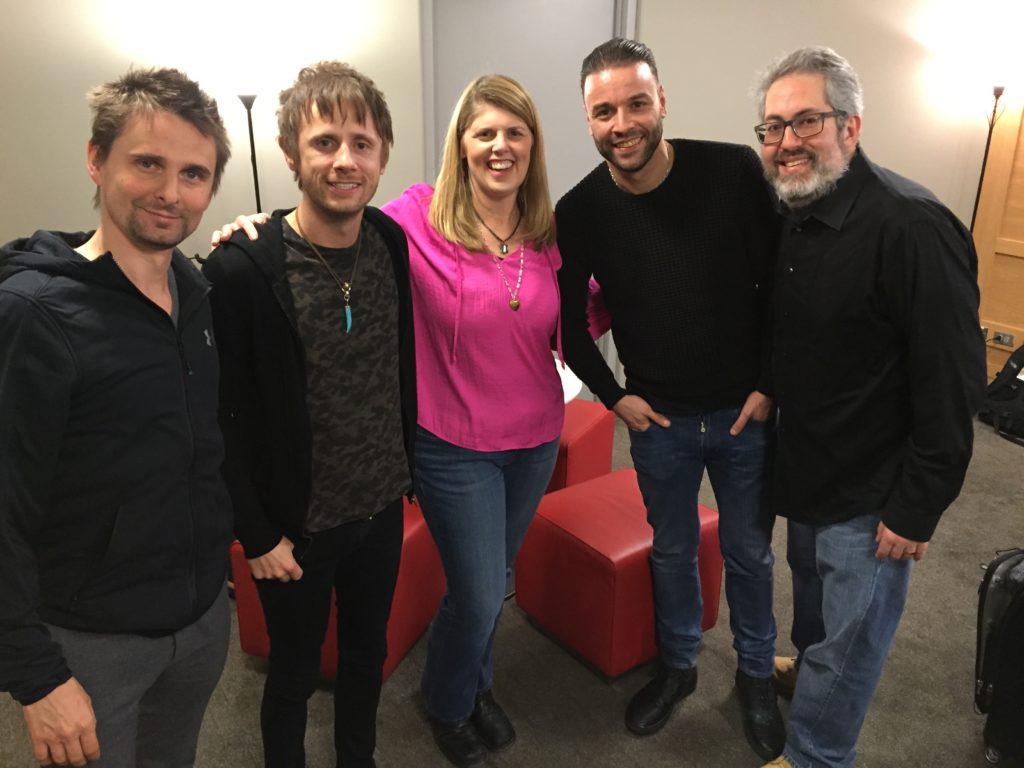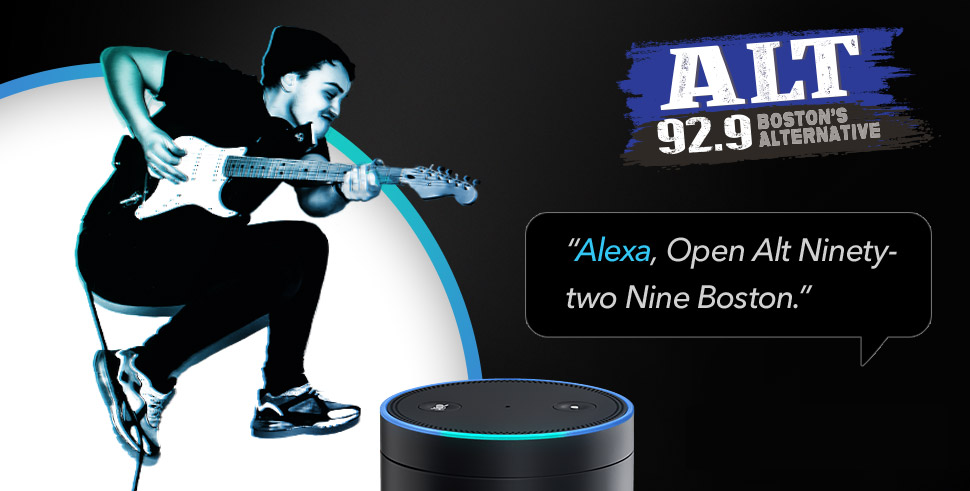
Well, I learned something from our blog post yesterday about the rise of the Alternative format. Not only is it popular with listeners and label execs – but the radio industry is abuzz with speculation about what’s next for the format. After four stations flipped to Alternative within the last 30 days, many are wondering who’s next.

But veterans of this format know only too well how it can ebb and flow. For every Nirvana, there’s been a Limp Bizkit. The format blew off course back in the Modern AC days when programmers went gaga over Alanis and Sarah. And is its history, the musical winds can blow unpredictably, whether they’re driven by synths, banjos, or electric guitars.
We were blessed yesterday with opinions from a baker’s dozen of experts in and around the format. There was a lot of wisdom in their words, but also some disagreement, too.
So, today’s post from Alternative veteran and Jacobs consultant, Mike Stern, provides some global guidance to hopefully keep the momentum going, but also to ensure this new growth spurt is sustainable. Fred Durst, are you out there?
Yesterday, many very smart people shared their thoughts on why Alternative is having a watershed moment with both good ratings stories and new stations signing on. There were a lot of very astute observations about the state of the format and why it is enjoying this moment in the sun.
My concern revolves around how to maintain this momentum and solidify it so that we don’t have to endure a series of articles sometime in the future that focus on why the Alternative format is struggling (again).
This is a format I have personally been involved with for more than quarter century, and as you know, Jacobs Media made its commitment to Alternative with the Edge® format back in the late ’80s. We’re invested, and want to see Alternative thrive at a time when the radio industry is clearly at a crossroads.
With that in mind, I’ve come up with a list of 10 ways today’s Alternative programmers can ensure the format’s long-term success and sustainability:
1. Playing the hits
It sounds fundamental, but too many programmers still want to walk away from songs once they start getting airplay on other stations in the market. Yet, it’s those crossover hits that broaden the potential audience appeal of Alt stations. And yes, there are bound to be a few whiners who complain on Facebook. The problem is there aren’t enough of these trolls to drive ratings, so don’t program your station to them.
2. Exposing the best new songs
As we see repeatedly in our Techsurveys, listeners come to Alternative radio stations to discover new music. And while our partners in the record industry promote a lot of it, they don’t have everything. More and more, songs are appearing on streaming charts and other sources that show consumer engagement but aren’t getting any radio airplay. Lord Huron’s song “The Night We Met,” was prominently featured in a Netflix show that created a national conversation about teen suicide. It was on top of the streaming charts in almost every market yet many stations wouldn’t consider playing it. We have to take advantage of these opportunities.

3. Including women
Another lingering perception that needs to be challenged is that Alternative is a male format. Even now, as the music has swung far over to the pop side of the spectrum, many programmers still want to focus only on males. Targeting adults (or at least including women in perceptual studies and music testing) creates a much more mass-appeal product with greater potential to build a large, more diverse base of listeners. That’s how you get higher ratings.
4. Breaking the mold
One of the reasons it’s hard for programmers to play different songs (like the Lord Huron track I mentioned above) is the belief that every new song requires a full 12 to 15-week commitment and hundreds of spins – or it’s not worth playing. There are other ways. Whether it’s through special features, giving DJs a little latitude, or just playing a title “in the moment” and then letting it go, there are paths where songs can be exposed above and bey0nd traditional rotation architecture. And that helps Alternative stations deliver on the promise of being the place for new music discovery. (You can check out that song here.)
5. Developing talent
While there are some great DJs, hosts, and shows at Alternative stations throughout the country, a lack of talent has been the format’s Achilles Heel for as long as I’ve been involved in it. Even a great music cycle will only take stations and brands so far. Finding, attracting, hiring, and nurturing great talent that can connect with this audience isn’t easy, but if this format is going to thrive, it needs a stronger personality presence.
6. Developing new revenue streams
One of the biggest challenges facing the format is the cycle of holiday and summer shows stations are hooked on to generate revenue. The only way to break the addictive grip of these shows that dilute playlists and take up ridiculous amounts of staff hours is to work with station sales teams to develop new revenue streams that can eventually take some of the pressure off these bi-annual shows.
7. Getting local
Talking about what bands are playing in town isn’t being local. Developing effective ways to showcase and play local bands is an important step but even that isn’t enough. Being part of the market means engaging in the events and issues facing your audience in your town. Rooting into your local community and its music and lifestyle scene is something Shazam, Spotify, or SiriusXM cannot do. Double down on local.
8. Be social
If you’re thinking that running Facebook, Twitter, Instagram, and Snapchat accounts is being social, think again. Personal audience interaction at events, with station tours, in schools, and community events – those are the difference-makers that connect brands with audiences. To be successful, you have to do more than just “like” listeners.
9. Keep up with the (tech) times
You don’t need our Techsurveys to know the Alternative audience is immersed in gadgetry and devices of all kinds. And so it’s essential that stations provide great experiences on more than their air, their website, and their streams. Podcasts, apps, and Alexa skills are a huge part of the Alternative audience’s media diet. Making smart technology investments is a way to ensure listeners are connected to their favorite stations, now and into the future.

10. Assess your commercial policy
The audience is especially sensitive to commercials – and they relish the lack of them. So much so that many are willing to pay for services like Netflix and Spotify to avoid them entirely. They realize radio stations have to pay the bills a couple times an hour, but there’s a limit to what they’ll put up with. This is the time to be creative and innovative with commercial architectures, and perhaps create the next “2 Minute Promise.”
It’s gratifying to be in the spotlight for the moment. But the key to the Alternative format’s health and sustainability is capitalizing on this opportunity and growing our brands. And maybe we’ll be celebrating an incoming class of new stations a year from now. reflecting on a great 2018.
And not worrying about our future in 2019.
- Does Your Radio Station Need A Princess? - December 17, 2024
- With A Name Like Smucker’s… - December 10, 2024
- Kondo And Romo:The Pros And Cons Of Regression - February 10, 2023




Great piece, Mike. You underscore many of the insights our Bridge Ratings Alternative clients have been discussing this year, particularly points 1 & 2. Especially important obviously is maintaining an understanding that the audience these days often has darn good taste in music. We see this every week in our station-specific streaming research which has allowed programmers of all formats to more accurately reflect true listener consumption.
Thanks Dave.
It’s a brave new world for how people discover music. It’s important that radio finds ways to keep up.